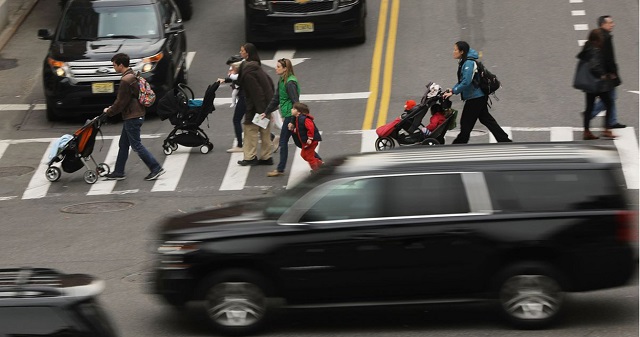
Individuals of lower status may emphasise more with the pedestrians
| MOTORING GURU | The more expensive a car is, the less likely the driver is to stop for a pedestrian who is crossing the road. The race and sex of the person trying to get across the road may also matter.
Thousands of pedestrians are killed on the Ugandan roads each year. Understanding why is an important step towards reducing the toll, so Dr Courtney Coughenour of the University of Nevada is searching for explanations. Her results, published in Journal of Transport and Health shed some light on the distribution of victims, but even more on those behind the wheel.
Coughenour recruited four adults to try to cross busy Las Vegas streets at two midblock zebra crossings that are commonly used by school children at other times.
Each similarly pedestrian, dressed for visibility, would approach the crossing as a car passed a marker, put one foot on the street to indicate they wished to cross and attempt to make eye contact with the driver.
Legally at this point the driver was required to yield, but the pedestrians only actually tried to cross the road if the driver slowed or stopped to make it safe. The efforts were videoed so Coughenour could see whether drivers gave way, and analyze the cars by make and age to gain an estimate of their value.
In 72 percent of cases, drivers refused to yield, which is a pretty striking indication of what drivers think of both the law and pedestrians’ lives.
The proportion was higher for the white and female walkers than for the black and male ones, but the white woman participant was still granted her legally required right of safe passage well less than half the time. Moreover, the camera failed in the Nevada heat, leaving Coughenour with a sample size small enough that neither finding reached statistical significance.
The highlight of the study was that for every $1,000 greater estimated value of the car, the likelihood of yielding dropped 3 percent – a finding that was statistically significant even with the small sample.
Coughenour and co-authors acknowledge that without interviewing drivers they can’t be definitive about the reasons those driving flashy cars are less likely to give way.
However, they speculate: “One potential explanation may be that drivers of higher value cars… felt a sense of superiority over other road users. Similarly, individuals of lower socioeconomic status (SES) may empathize more with the pedestrians.”
The work combines and confirms a series of previous studies, some of which found American drivers were less likely to give way to black than white pedestrians, while others found wealthier people are consistently more likely to behave unethically when driving. This, study, however, also fits well in the Ugandan context.
****
 The Independent Uganda: You get the Truth we Pay the Price
The Independent Uganda: You get the Truth we Pay the Price


